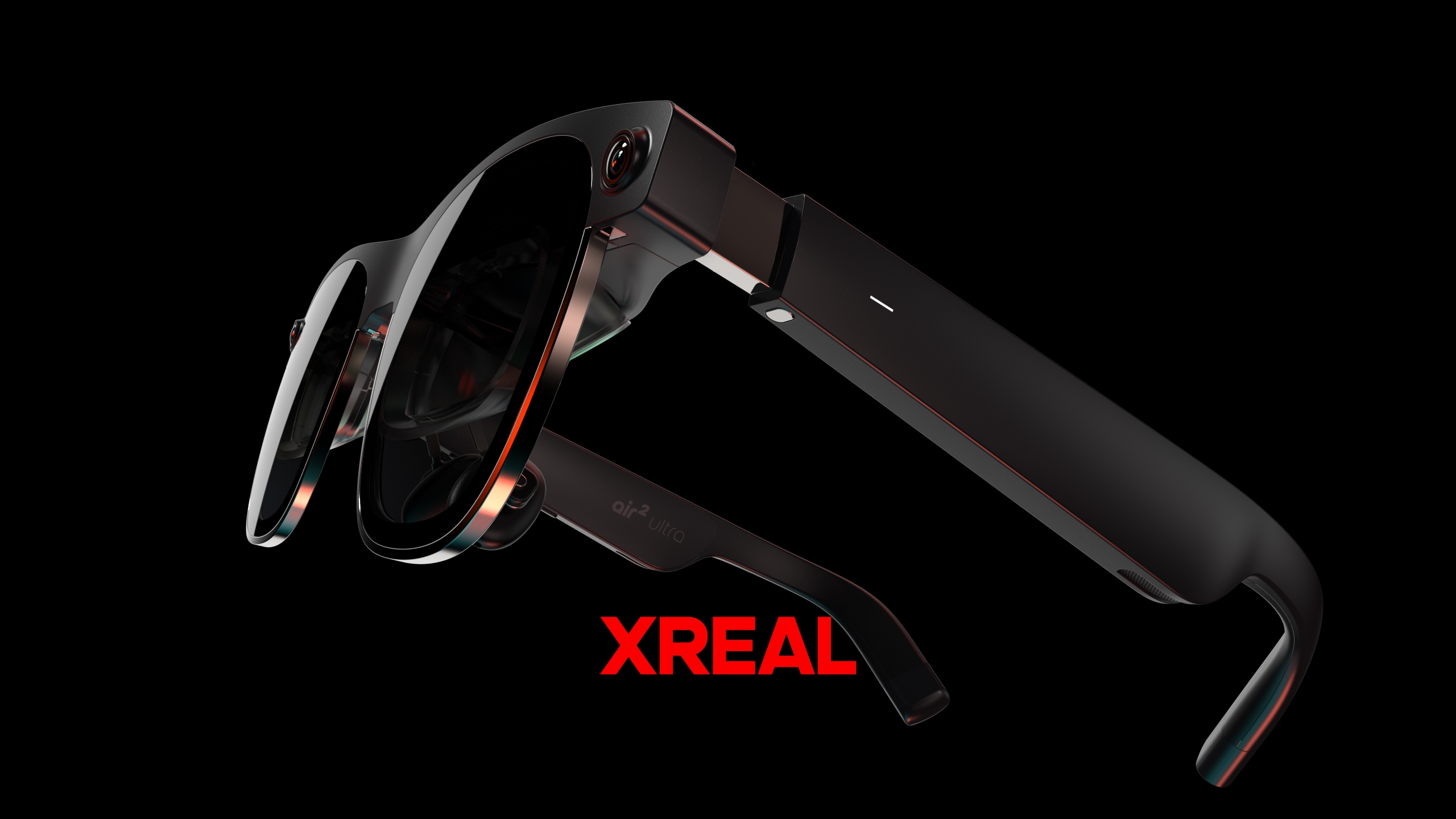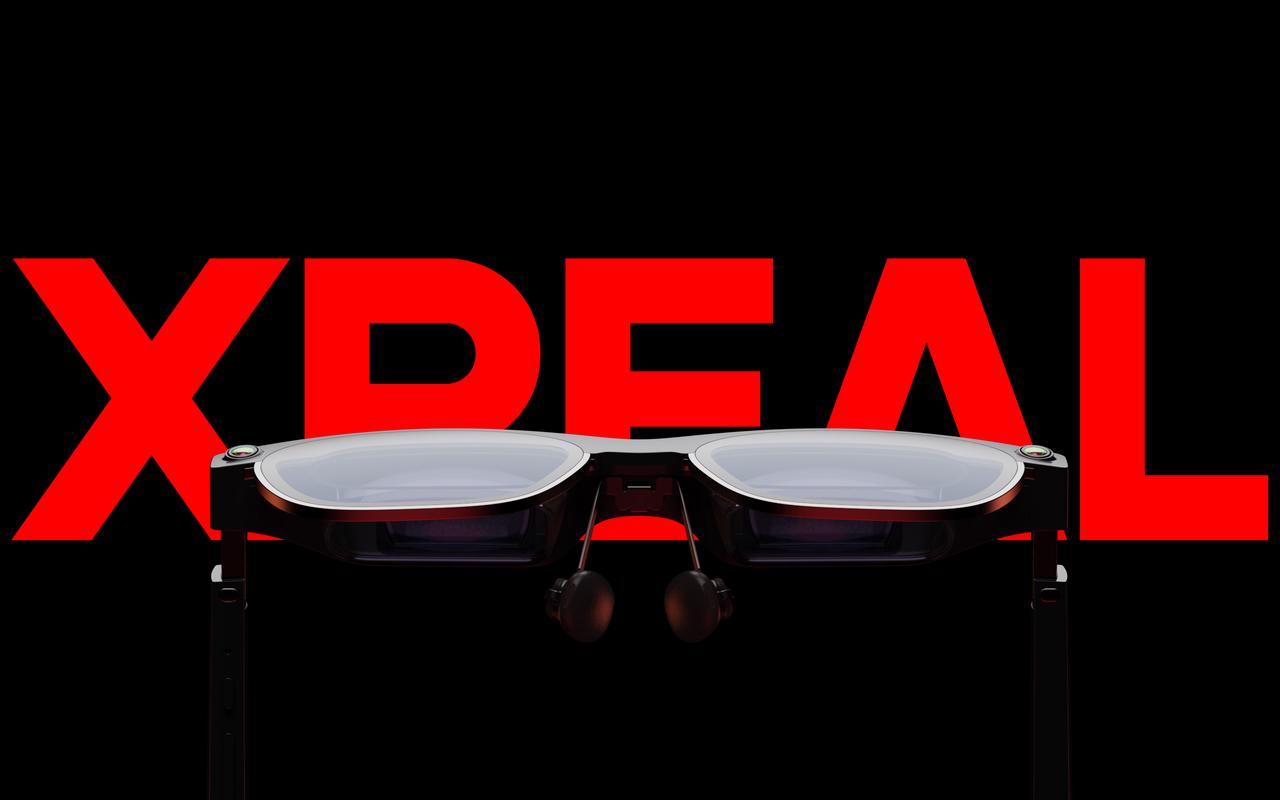Xreal’s new AR glasses bring the fight to Apple Vision Pro — true spatial computing at a fraction of the cost

The Xreal Air 2 Ultra AR glasses have just been revealed at CES 2024 — priced at $699, available in March, and primed to compete with Apple Vision Pro and Meta Quest 3.
This is a big jump up from the $399 asking price of the standard Air 2, but with fully-fledged VR headsets in its sights, Xreal has made some huge upgrades and packed them all into the impressively sleek pair of sunglasses. Like I said yesterday, a revolution is coming to CES this year, where the capabilities of VR headsets combine with the portability of AR specs.
And what we have here is a huge first step towards it, thanks to the implementation of hand tracking.
Let’s get spatial

Specifically, Xreal has added two 3D cameras — one on each side of the Ultra’s lenses, which enable six degrees of freedom (6DOF) positional tracking. That means users can map the environment around them, and even use their hands to interact with virtual elements.
Alongside this, you’ll also see a tasty upgrade to the display technology too. Like the Air 2, you get a 1080p picture in each eye with a 120Hz refresh rate and 500 nits of brightness, but the Ultra increases the field of view to 52 degrees.
They do get a little heavier at 80 grams, compared to 72 grams. But given the capabilities of these, and the weight of the VR headsets Xreal is targeting here, I think 8 grams can be forgiven.
A private party (for now)

Since this is quite the new venture for Xreal, consumers can buy a pair if interested. But for now, these are meant to be developers-only, so an AR app library can be built up before a future public launch.
Get instant access to breaking news, the hottest reviews, great deals and helpful tips.
So now, we are faced with a particularly interesting face-off — the passthrough mode of VR headsets vs direct image projection through glasses. Of course, there are some remaining obstacles, such as being able to add all the computational power into the glasses themselves rather than relying on other devices. But this is a damn good place to start.
Check out our CES 2024 hub for all the latest news from the show as it happens. Follow the Tom’s Guide team in Las Vegas as we cover everything AI, as well as looking at the best new TVs, laptops, fitness, wearables, and smart home gadgets at the show.
And be sure to check out the Tom's Guide TikTok channel for all the newest videos from CES.
More from Tom's Guide
- Meta Quest 3 review: The best VR headset you can buy
- LG’s latest OLED gaming display can hit an insane 480Hz — without dropping to 1080p
- Apple Vision Pro launch ‘imminent’ — here's what we know

Jason brings a decade of tech and gaming journalism experience to his role as a Managing Editor of Computing at Tom's Guide. He has previously written for Laptop Mag, Tom's Hardware, Kotaku, Stuff and BBC Science Focus. In his spare time, you'll find Jason looking for good dogs to pet or thinking about eating pizza if he isn't already.
